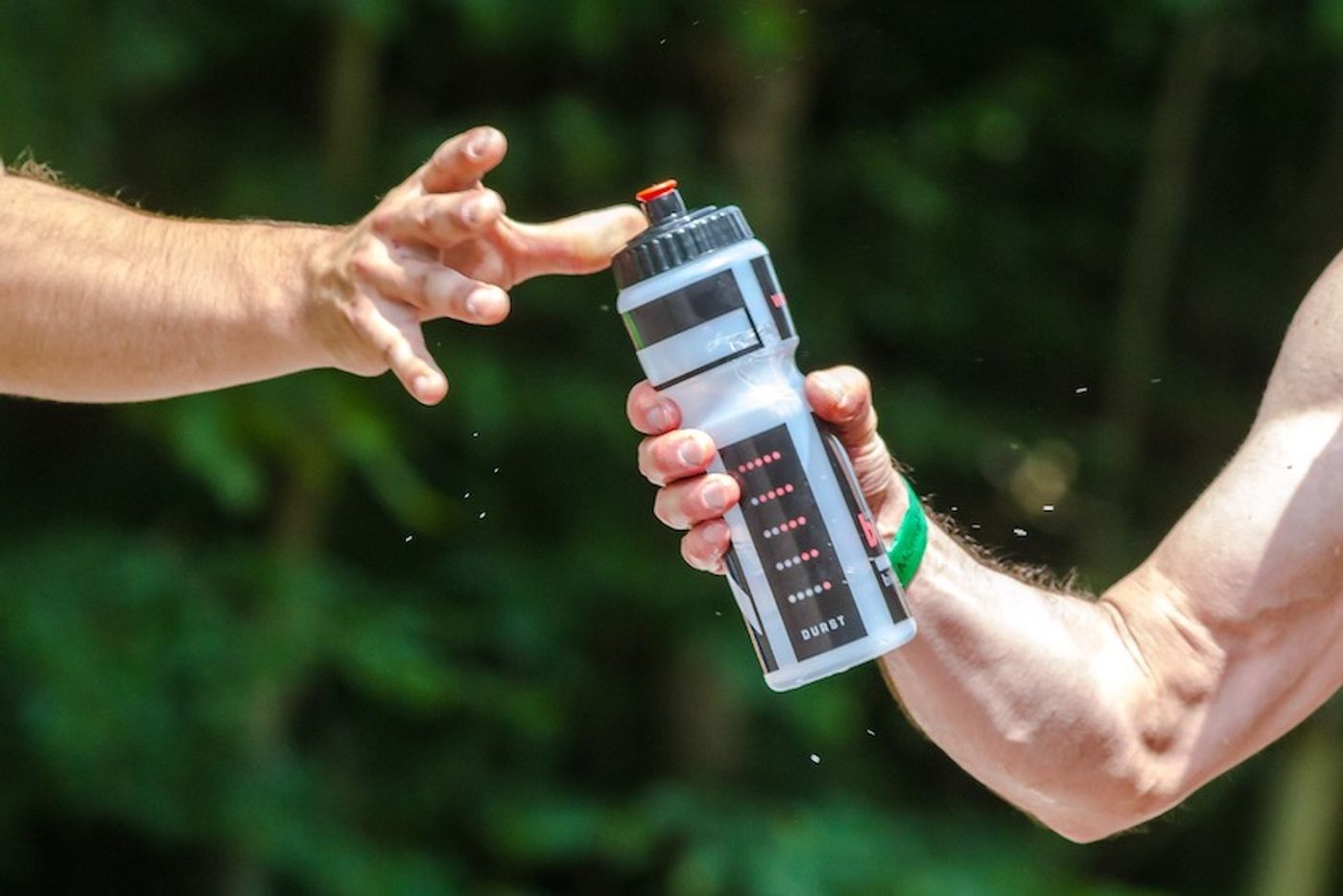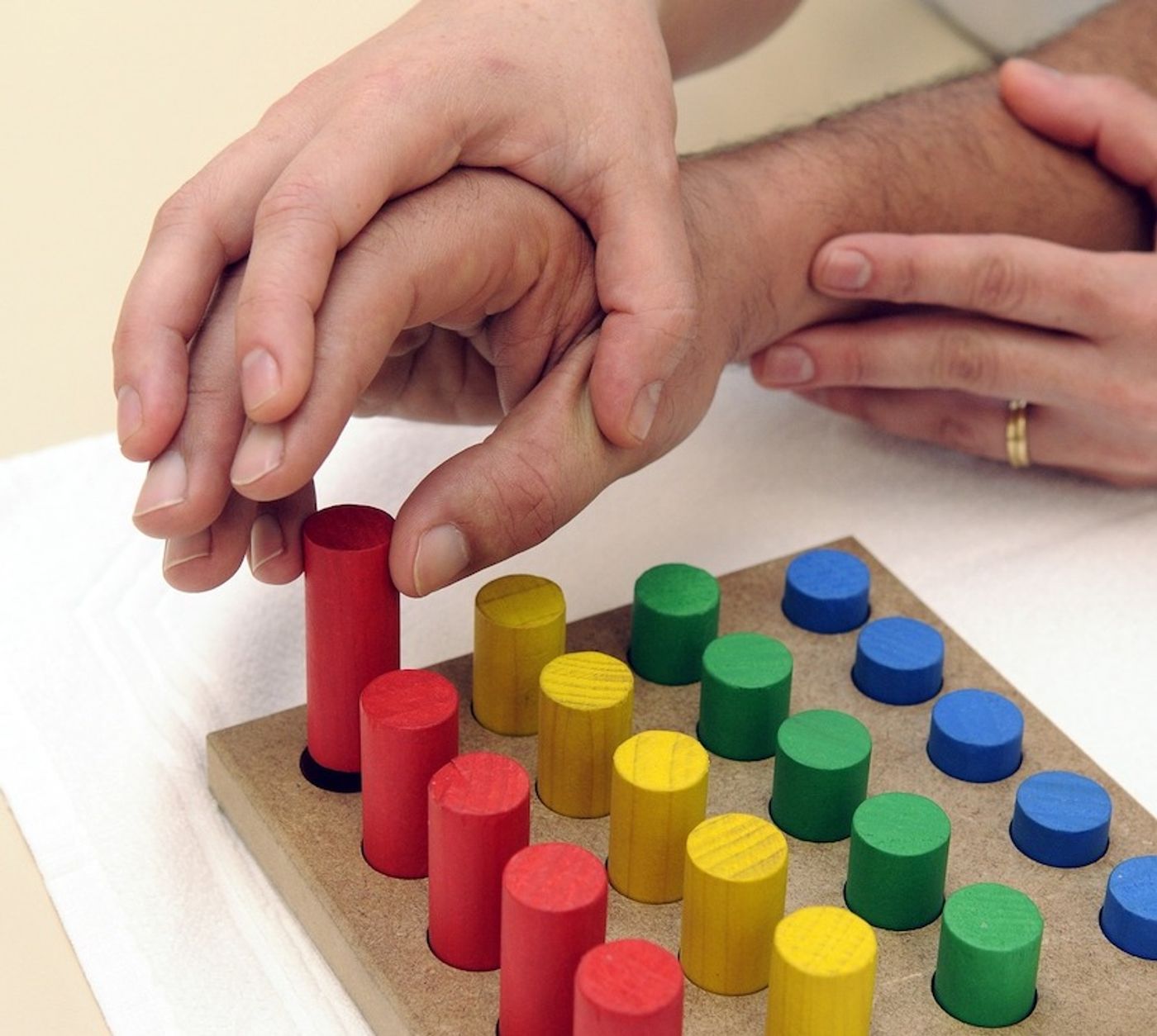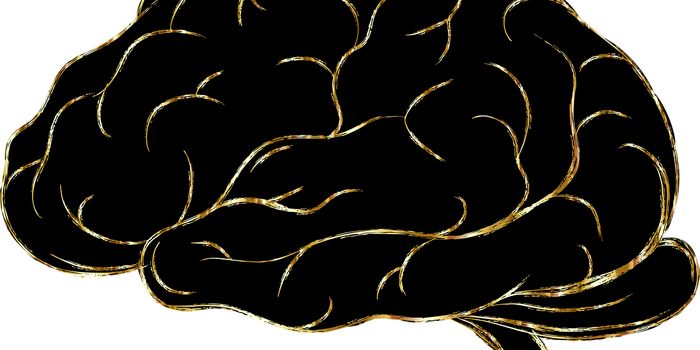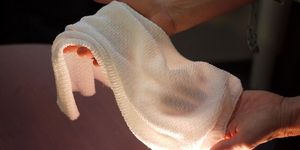Apparently, the spinal cord is underrated. It pops up when neuroscience students learn about basic reflexes, such as removing your hand from a hot surface, but then it is relegated to the part of the central nervous system (CNS) that merely ferries information to and from the brain and the periphery. However, recently, scientists took another look at the spinal cord. They found that it can control more complex motor movements that were once thought to be coming from the cerebral cortex. Is this the spinal cord's time to shine?
Photo source: Pixabay.com
The study, to be published online by Nature Neuroscience, details how Drs. Jeffrey Weiler, Paul L. Gribble, and J. Andrew Pruszynski, from Western University in Canada, used specialized robotic technology to test if the spinal cord participates in hand control in space. An exoskeleton "glove" was put on subjects' hands. Subjects were required to extend and hold their hand in space. While doing so, the exoskeleton moved and displaced the hand in space. The researchers measured the time that it took for the muscles in the elbow and wrist to respond to the displacement and whether these responses helped bring the hand back to the initial target.
According to Dr. Pruszynski, “This research has shown that a least one important function is being done at the level of the spinal cord. It opens up a whole new area of investigation to say, ‘What else is done at the spinal level and what else have we potentially missed in this domain?’”. Restoring the hand to its original position in space involves the orchestrated coordination of sensory inputs from multiple joints in the elbow and the wrist. This coordination was originally thought to take place in the motor cortex.
Processing time for neurons depends on a variety of factors, but distance and the number of processing areas involved will determine how fast a neural signal is propagated. The researchers, recording impulses from the muscles in the hand, found that the speed of the signals in the muscles which detected the exoskeleton's movement was much too fast to be coming from anywhere but the spinal cord.
Scientists have known since the early 1900s about the reflexes in the spinal cord. There is a "stretch reflex", which is thought to involve a muscle-cord-antagonist circuit that is responsible for the relaxation of the antagonistic muscle. Yet the researchers suggest that this "reflex" is more complicated than that, and their data supports that claim. “We are showing [the spinal cord] can actually do something much more complicated – control the hand in space”, comments Dr. Weiler.
An example of current physical therapy techniques. Photo source: Pixabay.com
This certainly adds to our current knowledge about the CNS, particularly the relationship between the cord and the peripheral muscles. Furthermore, it can translate to potentially new avenues of rehabilitation techniques. As Dr. Pruszynski says, "A[n]... understanding of the neurocircuits is critical for making any kind of progress on rehabilitation front.” He then added, "...we can see how this knowledge could lead to different kinds of training regimens that focus on the spinal circuitry.” The research paper will be titled "Spinal stretch reflexes support efficient hand control" and will appear online on Nature Neuroscience's website.
See the video below for more information about the study.
Video source: www.uwo.ca
Sources: Nature Neuroscience, www.uwo.ca, wikipedia.org/wiki/Stretch_reflex










